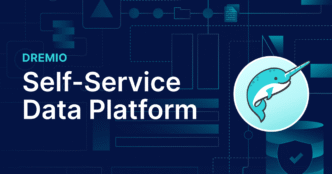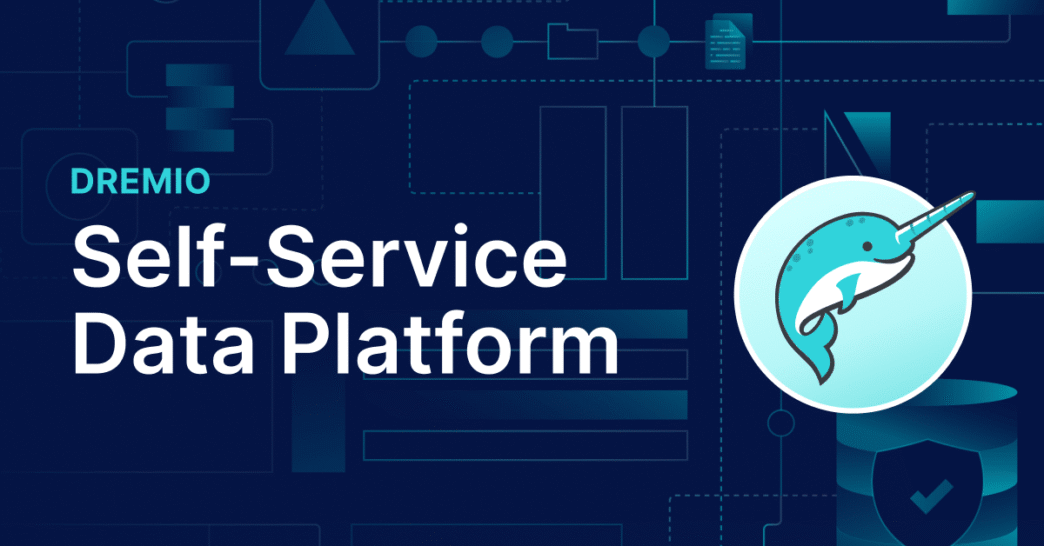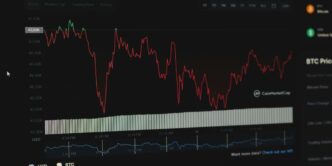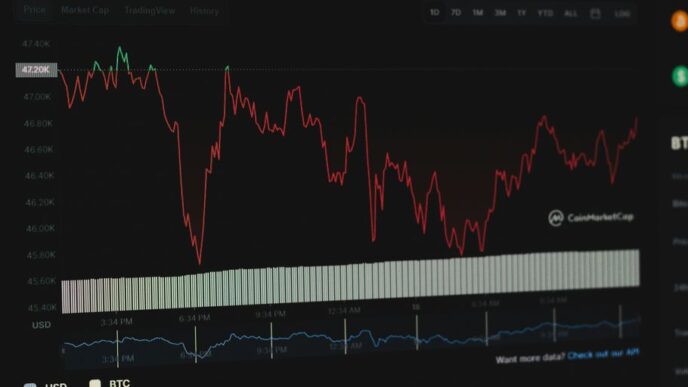Introduction
In this ever-growing fast paced digital world you know that data is the ultimate backbone of decision-making. Organization mostly relies on vast amount of data to drive valuable insights, Optimize strategies, and also to improve the overall efficiency.
However traditional data management might sometimes seem hazardous as employees must fully depend on the IT and data teams to fully manage and access the data they wanted. So now this is where self-service data platforms come into the role. This platform does empower the business users by providing direct access without the need of technical expertise.
Well further in this article we will be exploring what are self-service data platforms, what their benefits are and how it actually works.
What Basically is a Self-Service Data platform?
A self-service data platform is basically a system that enables the users like business analysts, marketers or executives to effectively access, analyze and visualize the data without the need of assistance with the IT or Data Teams. These platforms are effectively designed as a user friendly, integrating various data sources and easy to use dashboard.
Self-Service Data Platforms use initiative interfaces such as drag and drop functionalities, natural language processing and pre-built templates. This also allow non-technical users to extract valuable insights from the complex datasets efficiently.
Benefits of Self-Service Data Platform
1. Increased Efficiency & Productivity:
One of the major advantages of self-service data platforms like Livelytics is that it reduces the dependency on IT as well as data teams. Employees can easily access the data they need in the real time by ultimately reducing the waiting time and streamlining the decision-making. This ultimately leads to increased productivity and faster response according to the market changes.
2. Empowering Non-Technical Users:
With Self-service Data platforms even the users who don’t have special expertise or even without a background in data science or engineering can ultimately perform complex data analysis. The intuitive design and automation features will make it easy for employees to easily generate reports, create dashboards and also to uncover valuable insights of their own.
3. Cost Savings:
Traditional data management involves hiring specialized IT teams as well as data analysts to handle each queries and to generate the final report. Self-Service Platform does ultimately reduce this burden allowing organisation to ultimately save cost with manual data handling improving the overall efficiency.
4. Faster Decision-Making:
Get easy access to real-time data which enables the business to make informed decisions much quickly. Whether it is adjusting marketing strategies, optimizing the supply chain, or analyzing the consumer behaviour the ability to analyze the data gives business a slight more advantage in the competitive environment.
5. Improved Collaboration Across Departments:
One of the most important benefits of self-service data platforms is how to effectively enhance collaboration across your team. Wherein all the different members of the team can access the same datasets, can effectively track the same KPIs and can easily work with the single source of truth.
This does not only eliminate the Data silos but also effects in better collaboration, encouraging the cross-functional alignment and does ensures consistency in reporting and also in decision making across all the other organizations.
How Does Self Service Data Platform Works:
1. Data Integration:
Well the first step in the self service data cycle is to integrate the data from multiple ways of sources. Well nowadays businesses can easily rely on a wide variety of data platforms starting from the internal systems to the third-party services. A Robust platform can easily connect with:
- Internal databases For Ex. (MySQL, PostgreSQL)
- Customer relationship management tools like Salesforce and also Hubspot
- Enterprise resource planning like Oracle
- Marketing Platforms like ( Google Ads, Facebook Ads and also Mailchimp)
- Cloud storage and data lakes
2. Data Preparation:
Well now as the data is effectively integrated, now the next is to prepare the data turning raw, unstructured data, or consistent data into a clean centralized and effective format that is easy to analyze. Well the Self Service data platform does automate the phase with the built in tools
- Removes duplicates and can easily fix consistencies
- Formats and then enriches the data to effectively align with the business rules
- It does combines the data from the multiple sources and converts it into the unified datasets
- Can easily add calculated fields, KPIs and custom metrics.
3. Analytics Layer:
Now that the data is fully cleaned and structured properly it now does move to the analytics layer – the most important core engine where users effectively interacts with the data to generate some of the valuable insights.
The layer is especially designed to be initiative and also accessible some of its features are:
- Drag and Drop Tools: Users can effectively build dashboards or also the reports visually, without even writing any code
- Natural Language Querying: Users can easily type the questions such as “Please give me the sales of the last quarter by region by region” to get faster results
- Custom Filters & Drill-Downs: It helps to explore deeply of datasets by slicing the data by the time period, product line and also geography etc.
- Pre-Build templates: Some of the common reports (Eg. sales funnels, customer analysis) are some of the available tools in the box.
4. Visualization – Reporting:
It is the final and you can say the last visible steps of the self-service data journey. This is where insights are effectively communicated using:
- Interactive dashboards: It provides real-time visual display of KPIs and metrics which is also customizable by different teams
- Charts & Graphs: Bar charts, Line Graphs and also pie charts.
- Heated Map and Geo Maps: For spatial and also trend-based analysis.
- Schedule Reports: It is basically automated email reports sent to the stakeholders at a specific time mainly during intervals.
- Data Storytelling: Some of the effective platforms does even offer some specialized tools to effectively guide the users through a narrative built all around the data.
Popular Self Service Data Platforms
Below are some of the popular self-service data platforms that does effectively offers the capabilities:
- Livelytics: Livelytics is mainly known for the user interface and also seamless integrations for the business firms.
- Microsoft Power BI: It basically has a strong identity in the enterprise environment, offering some of the robust integration with effective Microsoft products.
- Tableau: It is popular for power visualization and also for drag and drop options
- Looker: It is officially now a part of Google Cloud, it basically offers data modelling and is also great for the embedded analytics
- Qlik Sense: It majorly focuses on associative data modelling and also real – time exploration.
Conclusion
Self-service platforms are revolutionizing the way businesses interact with the data. By enabling employees to access and analyze, organizations can make fast and data-driven decisions while reducing the stress on the IT team.














